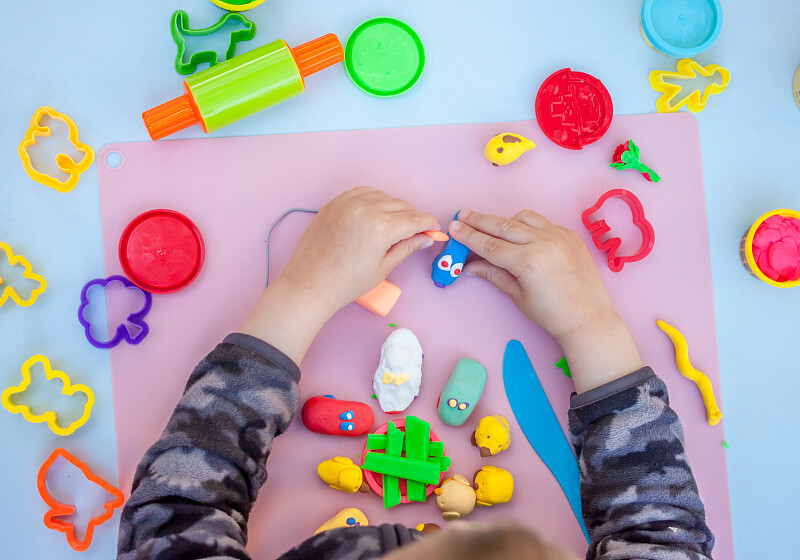- KNOWLEDGE/BLOG -

The history of clay: From Chinese clay sculptures to global art, why do humans love playing with mud?
Clay, a seemingly ordinary material, bears the mark of human civilization. From Chinese pottery in the Neolithic Age to Japanese "dolls" and European sculpture clay, it has witnessed the origin and development of human art. Let us embark on this historical journey of clay and explore how it has become the common cultural gene of mankind.

Chinese Neolithic Pottery: The Origins of Clay
In China's Neolithic Age, pottery, as the earliest artifact made of clay, marked the beginning of human civilization. These pottery not only have practical value, but also reflect the aesthetic pursuit of ancient people. From simple bowls and plates to complex sacrificial vessels, clay occupies a pivotal position in ancient Chinese art.
Japanese "Dogu": Artistic Expression of Clay
In Japan, clay also has a profound cultural heritage. Japan's "dogu" is a unique art form that uses clay to shape various vivid figures and animals. These dolls are not only full of folk characteristics, but also show the Japanese people's love for life and pursuit of art.
European Sculpting Clay: Artistic Inheritance and Innovation
In Europe, clay also plays an important role. From the sculptures of ancient Greece and Rome to the exquisite works of the Renaissance, clay has always been a favorite material of artists. European artists have created countless breathtaking sculptures with clay, showing the magnificence and splendor of human art.
Clay: Humankind’s common cultural gene
The reason why clay can become the common cultural gene of mankind is due to its unique plasticity and expressiveness. Regardless of the cultural background, clay can be endowed with rich forms and connotations. It has witnessed the development of human civilization and carries the human yearning and pursuit for a better life.
In addition, clay also has a high educational value. In the hands of children, clay can be transformed into various shapes, stimulating their creativity and imagination. By playing with mud, children can not only exercise their hands-on ability, but also be influenced by art invisibly.
in conclusion
Clay, as a common cultural gene of mankind, has transcended national boundaries and cultural differences and has become a favorite creative material for artists and ordinary people around the world. From pottery in the Neolithic Age of China to clay figurines in Japan, to sculptural clay in Europe, we have seen the unique status and value of clay in human civilization. Let us continue to explore and tap the potential of clay and create more colorful works of art together.
RECOMMENDATION
MAIN PRODUCTS
The company currently has 68 production lines, and its main products are super light clay, pearl mud, crystal mud, ramen mud, beach sand and other series of specifications, with an annual production capacity of more than 5,000 tons.
CONTACT US
